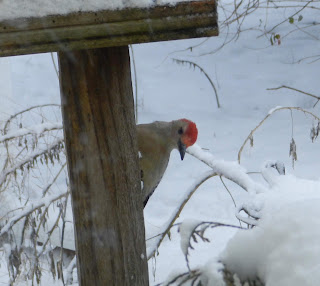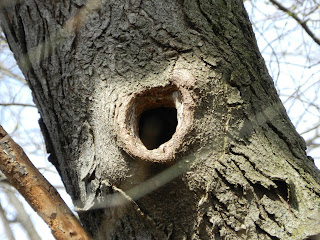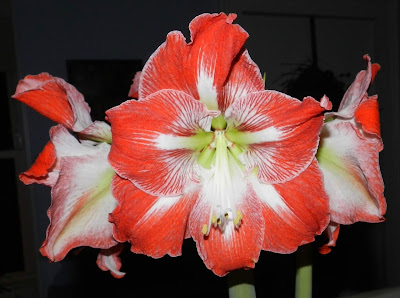As consumers, we are bombarded with "New Trends", the "Latest Trends" and "What's Trending".
So let's get basic first. Webster's definition of trend is (1) "The general course or prevailing tendency. (2) "Style; vogue".
And my definition of trend is (1) "Someone's effort to make you think you need to buy their product." (2) There is no two.
Its advertisement folks - marketing; it's about the big sell.
I'm not saying don't buy something that's trending. I'm saying you should realize you're being hustled. If you know you're being hustled and still want something - then go for it.
If you still doubt trending as a marketing plan, think the latest and greatest cell phones. Hustle hustle hustle.
Trending is most evident in the fashion industry because, face it, if fashion never changed, we would never buy new and we'd still be happy with our parents' double knit plaid suits. And the clothes manufacturers/designers would go broke.
Trending also happens in the garden world - every year - every spring - as sure as weeds come up, so does a new trend.
Fashion's Pantone's Color of the Year 2019 is Living Coral. Expect to see it or variations in garden stores and nurseries.
How does a garden trend work?
Did you bite on any trends? I sure have. Some I've tried and continued to love through years. Others, I started small and realized it was a hustle and my interest died about the time as other gardeners.
One way to evaluate if it's a marketing trend or if it's a "make my garden better trend" is understanding what you want from your garden. These are mine:
So let's get basic first. Webster's definition of trend is (1) "The general course or prevailing tendency. (2) "Style; vogue".
And my definition of trend is (1) "Someone's effort to make you think you need to buy their product." (2) There is no two.
Its advertisement folks - marketing; it's about the big sell.
I'm not saying don't buy something that's trending. I'm saying you should realize you're being hustled. If you know you're being hustled and still want something - then go for it.
If you still doubt trending as a marketing plan, think the latest and greatest cell phones. Hustle hustle hustle.
Trending is most evident in the fashion industry because, face it, if fashion never changed, we would never buy new and we'd still be happy with our parents' double knit plaid suits. And the clothes manufacturers/designers would go broke.
Trending also happens in the garden world - every year - every spring - as sure as weeds come up, so does a new trend.
Fashion's Pantone's Color of the Year 2019 is Living Coral. Expect to see it or variations in garden stores and nurseries.
How does a garden trend work?
- It might be a new breakthrough in hybridizing. One example would be ruffles on daylily edges.
- An opportunity to up the asking price of what has been an older plant. This was done with petunias.
- A genetic advancement. Example is mildew resistant plants.
- An effort to bring back a plant after a particularly bad disease nearly eliminated it from consumers want lists. Think impatiens a few years ago.
- Then there is the whole color trend. A different color of whatever is introduced as "color of the year". The orange years - the chartreuse - all colors are cycled through as new.
- The high pressure trends try to make you feel you HAVE to have the new to be as good as your neighbors, to sell your house, to entertain, look successful and the list goes on.
- And one of the big bucks is design trends. Brickwork, stone, pools, black mulch, outdoor kitchens, pots the size of elephants, water features and environmental sensitivity. Remember the koi fish fad.
Did you bite on any trends? I sure have. Some I've tried and continued to love through years. Others, I started small and realized it was a hustle and my interest died about the time as other gardeners.
One way to evaluate if it's a marketing trend or if it's a "make my garden better trend" is understanding what you want from your garden. These are mine:
Stick to my spending budget. Or try to...
Be realistic about how much labor I can or want to do.
Will it make my garden better.
Does it look good with my home and property.
Does it make me happy.
😁😁😁😁😁😁😁😁😁


















































